The swift progress of technology has led to the emergence of revolutionary ideas that are changing the way we live and engage with our surroundings. Digital Twins and Smart Cities are two of these breakthroughs that are particularly revolutionary for the field of urban development. While digital twins offer a virtualized version of tangible objects, smart cities use technology to improve urban living. When combined, they offer to transform municipal administration, raise living standards, and deal with urgent issues that urban areas face.
Understanding Digital Twins
A digital twin is a copy of a system, process, or physical entity that exists digitally. In real time, this virtual model replicates the traits, actions, and procedures of its counterpart in the actual world. Digital twins were first created for the industrial and aerospace industries, but they are now being used in a wide range of fields, such as management and urban planning.
Digital twins mimic and analyze system performance in real-world scenarios by integrating data from sensors, Internet of Things (IoT) devices, and other sources. City administrators and planners can use this capability to keep an eye on infrastructure, forecast results, and optimize operations using deep, real-time insights.
Real-Time Monitoring: Digital twins make it possible to continuously monitor physical assets by giving current data on their performance and status.
Predictive analytics: Digital twins can anticipate possible problems and consequences by evaluating data patterns and past data, which enables proactive decision-making.
Scenario testing: Before implementing new policies or tactics, urban planners might utilize digital twins to model a variety of scenarios and evaluate their effects.
Enhanced Collaboration: By offering a shared, interactive picture of the urban environment, digital twins help stakeholders communicate and work together more effectively.
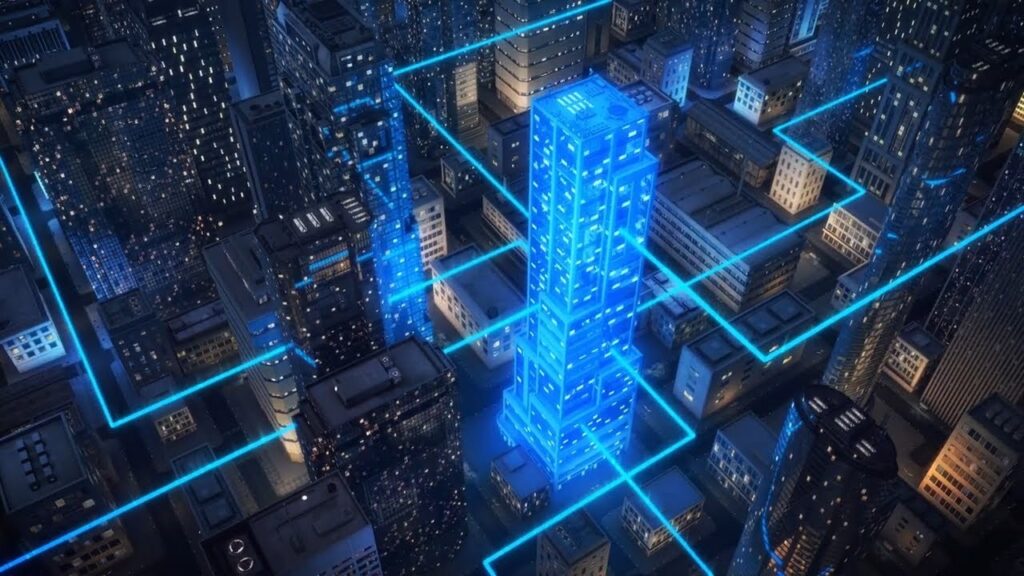
The Emergence of Smart Cities
A smart city is an urban area that optimizes city operations, promotes sustainability, and enhances the quality of life for its citizens through the use of digital technology and data. By integrating technology and data-driven decision-making, smart cities aim to provide an urban environment that is more resilient, livable, and efficient.
Core Components of Smart Cities
IoT Devices: A network of IoT devices is present in smart cities, gathering data on a range of topics related to urban living, including energy consumption, traffic movement, and air quality.
Data analytics: By processing and analyzing data from Internet of Things devices, sophisticated analytics technologies offer useful insights that guide urban design and management.
Connectivity: For the smooth operation of Smart City technology and the sharing of information, high-speed internet and communication networks are necessary.
Citizen Engagement: Smart Cities use digital platforms to solicit comments from citizens and encourage their involvement in urban development, thereby involving them in the decision-making process.
Synergy Between Digital Twins and Smart Cities
An important advancement in urban administration is represented by the incorporation of Digital Twins into Smart Cities. Real-time data and virtual models together allow cities to plan and operate with unprecedented precision.An important advancement in urban administration is represented by the incorporation of Digital Twins into Smart Cities. Real-time data and virtual models together allow cities to plan and operate with unprecedented precision.
Applications of Digital Twins in Smart Cities
Infrastructure Management: Digital twins make it possible to monitor vital infrastructure in real time, including highways, bridges, and water systems. This capacity aids in determining maintenance requirements, allocating resources as efficiently as possible, and guaranteeing safety.
Traffic Management: Digital twins can assist city planners in creating more effective transportation systems and lowering traffic-related problems by modeling traffic flow and congestion patterns.
Energy Efficiency: By monitoring energy usage across multiple buildings and districts, digital twins make it possible to optimize power distribution and adopt energy-saving measures.
catastrophe Response: Digital twins offer important insights into the impacted areas in the event of an emergency or natural catastrophe, enabling more efficient response and recovery operations.

Singapore’s Smart Nation Initiative
With its Smart Nation plan, which incorporates digital twins and other technology to improve urban living, Singapore is a model Smart City. The city-state models and maintains all of its infrastructure—from buildings to transit systems—using digital twins. The effort seeks to raise inhabitants’ general quality of life, sustainability, and efficiency.
Helsinki’s Virtual City Model
Helsinki, Finland, has created the Helsinki 3D+ model, a thorough Digital Twin of the city. With the help of this dynamic, realistic model, planners and the general public may envision and investigate a range of city growth scenarios. The concept encourages openness in urban planning and facilitates decision-making procedures.
New York City’s Smart Infrastructure
Digital Twin technology is being used by New York City to improve infrastructure management. To minimize leaks and enhance service dependability, for example, the city use digital models to monitor and improve the operation of its water delivery system. The city’s infrastructure management system is now more effective because to the incorporation of digital twins, which have also improved resource usage.
Challenges and Considerations
The use of digital twins and smart city technology presents obstacles even with their apparent advantages:
Data privacy: Data security and privacy are issues brought up by the gathering and processing of enormous volumes of data. It is essential to make sure that private information is safeguarded and handled appropriately.
Interoperability: Smooth interoperability is necessary for integrating different systems and technologies inside a smart city. For implementation to be successful, technical and standardized difficulties must be resolved.
Cost: There are substantial expenses associated with the creation and upkeep of digital twins and smart city infrastructure. Planning and resource allocation are critical for cities to guarantee the long-term viability of these technologies.

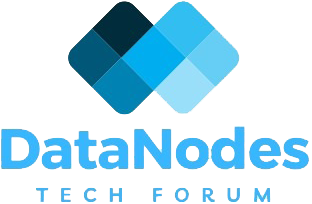



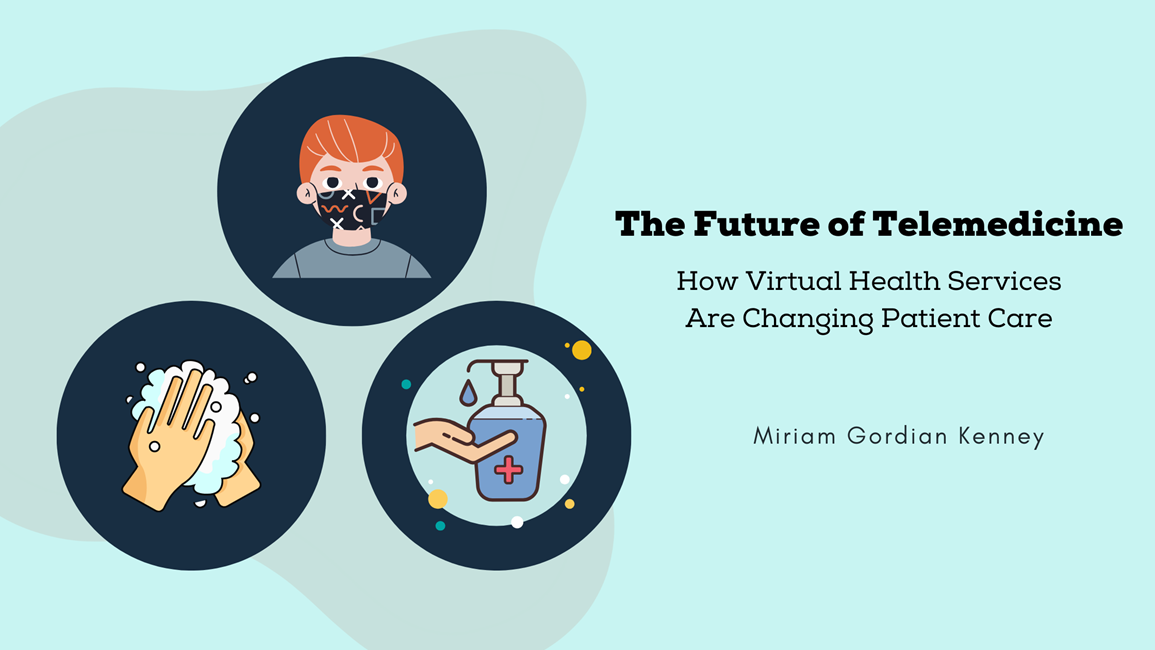
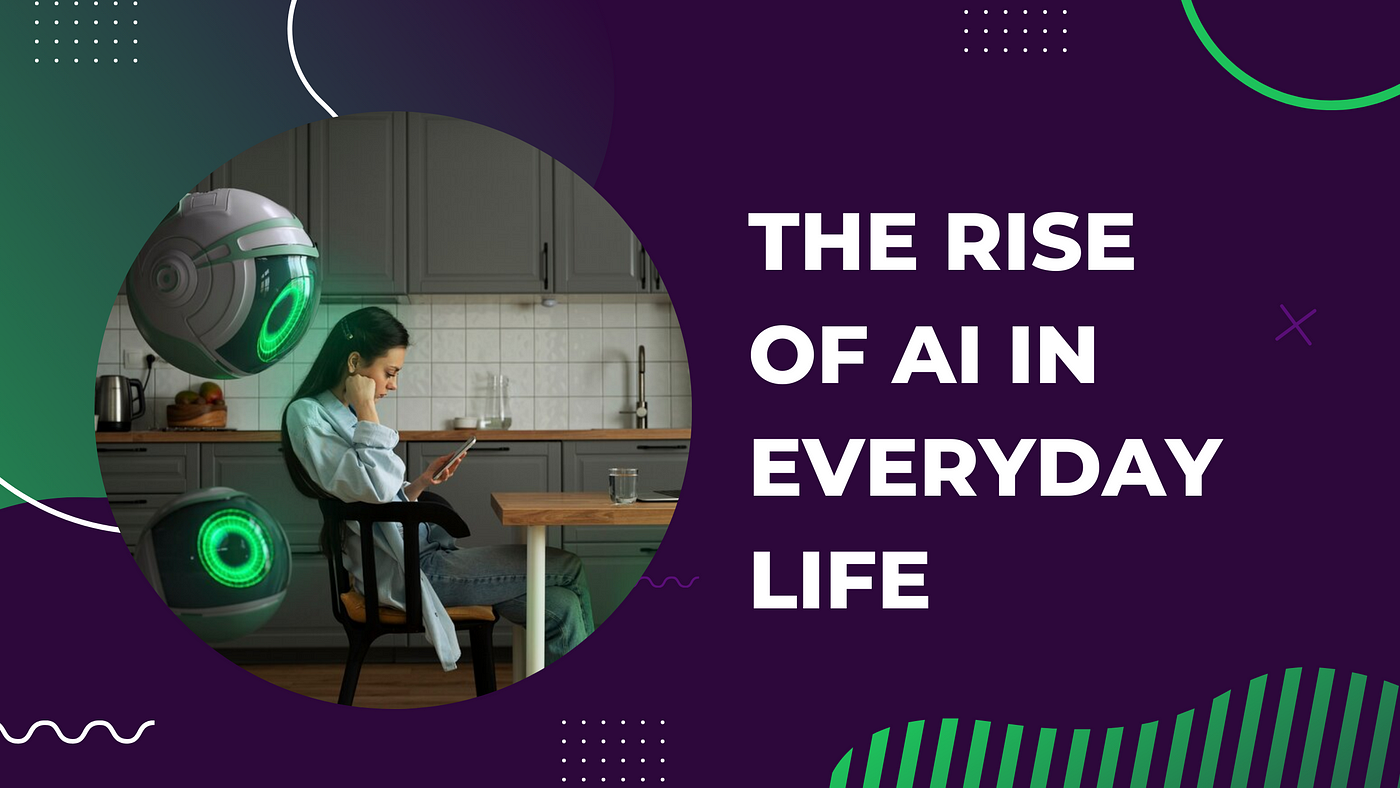

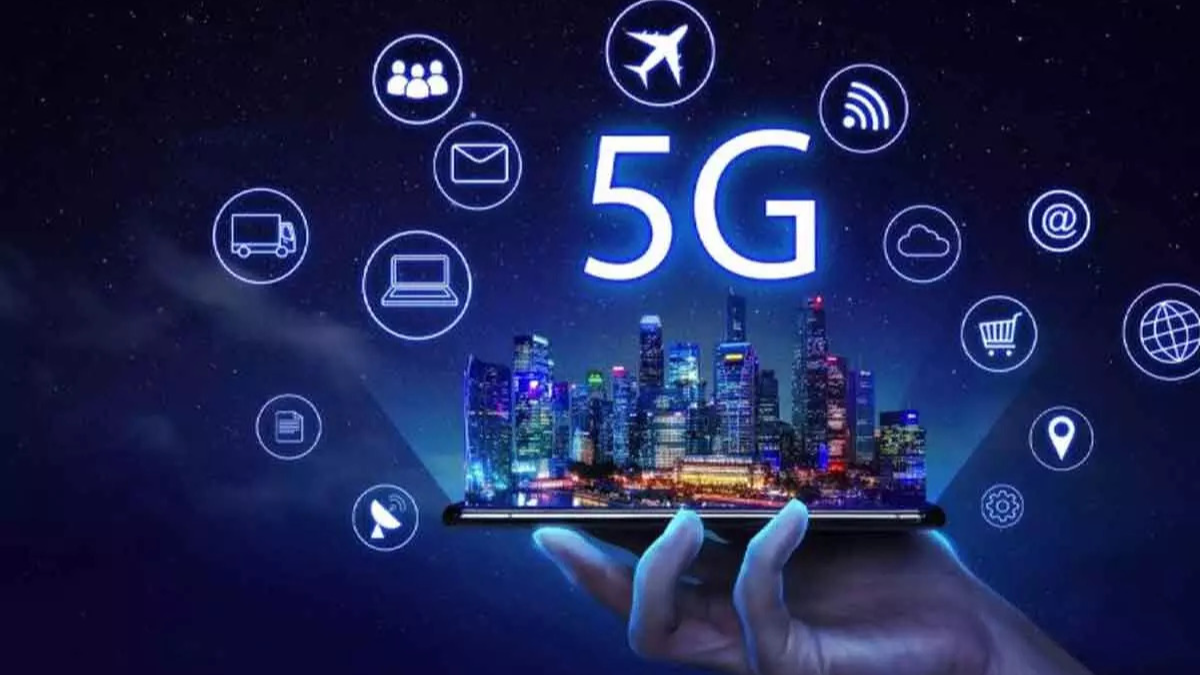
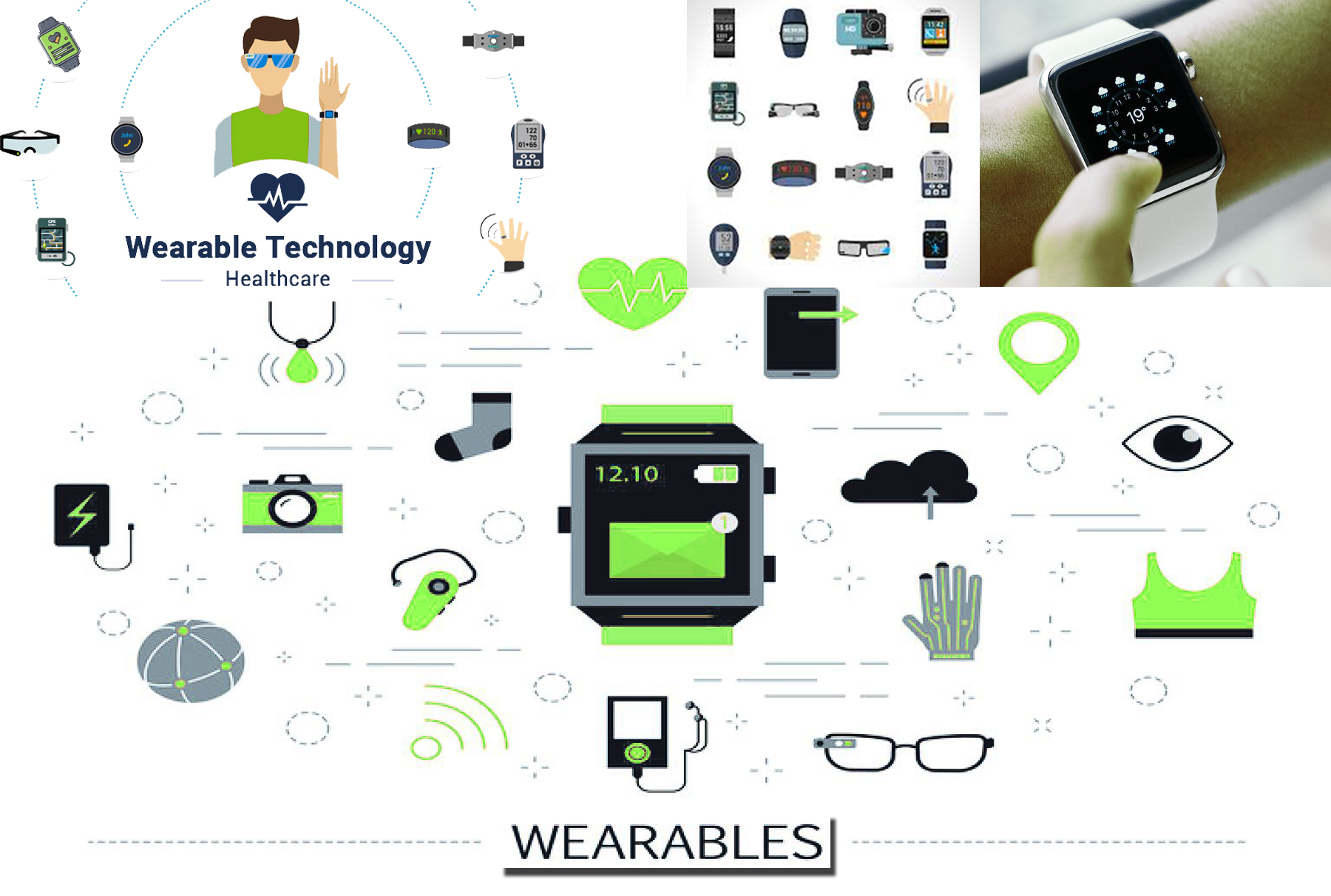
Leave a Reply